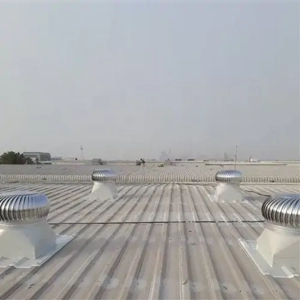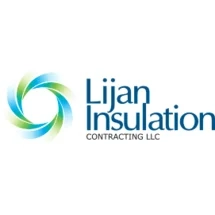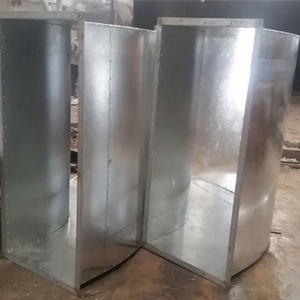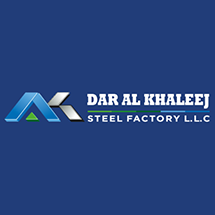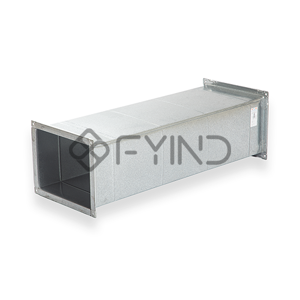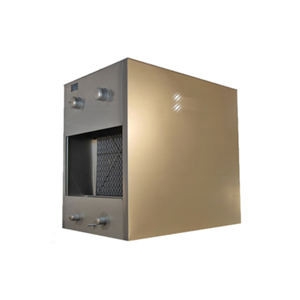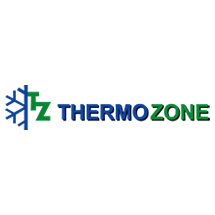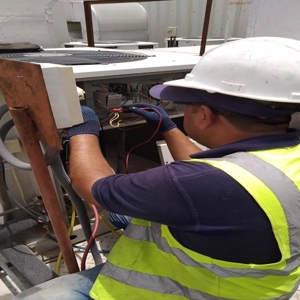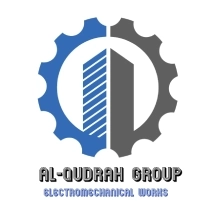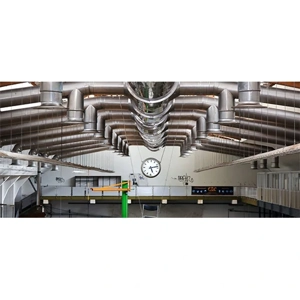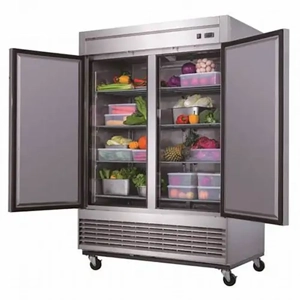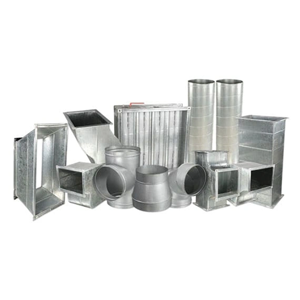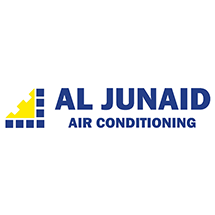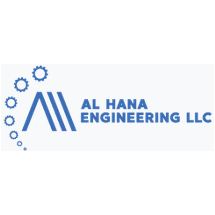Service Description : System Design- Ducting systems mus... System Design- Ducting systems must be carefully designed to meet specific requirements, including airflow, temperature control, and air quality standards, depending on the intended use.Material Selection- The choice of materials, such as sheet metal, fiberglass, or plastic, depends on factors like temperature, corrosion resistance, and cost-effectiveness.Fabrication- Ducts are fabricated in various shapes and sizes to fit the layout and requirements of the building or industrial facility, often involving cutting, bending, and welding of materials.Insulation- For HVAC applications, insulation may be added to ducts to prevent heat loss or gain and to reduce condensation, improving energy efficiency.Airflow Distribution- Properly designed duct systems ensure even distribution of conditioned or fresh air to maintain comfortable indoor environments and efficient ventilation.Noise Control- Special duct designs, insulation materials, and dampers can be used to reduce noise levels generated by air movement within the ducts.Maintenance Access- Access panels or hatches should be installed to facilitate inspection, cleaning, and maintenance of the ducting system.Sealing and Leak Prevention- Proper sealing and gasketing of duct joints are essential to prevent air leakage, which can compromise energy efficiency and indoor air quality.Fire Safety- Fire-rated duct systems may be required in certain applications to contain and resist the spread of fire and smoke within a building.Environmental Compliance- Ducting systems in industrial settings must comply with environmental regulations to control emissions and ensure workplace safety.

